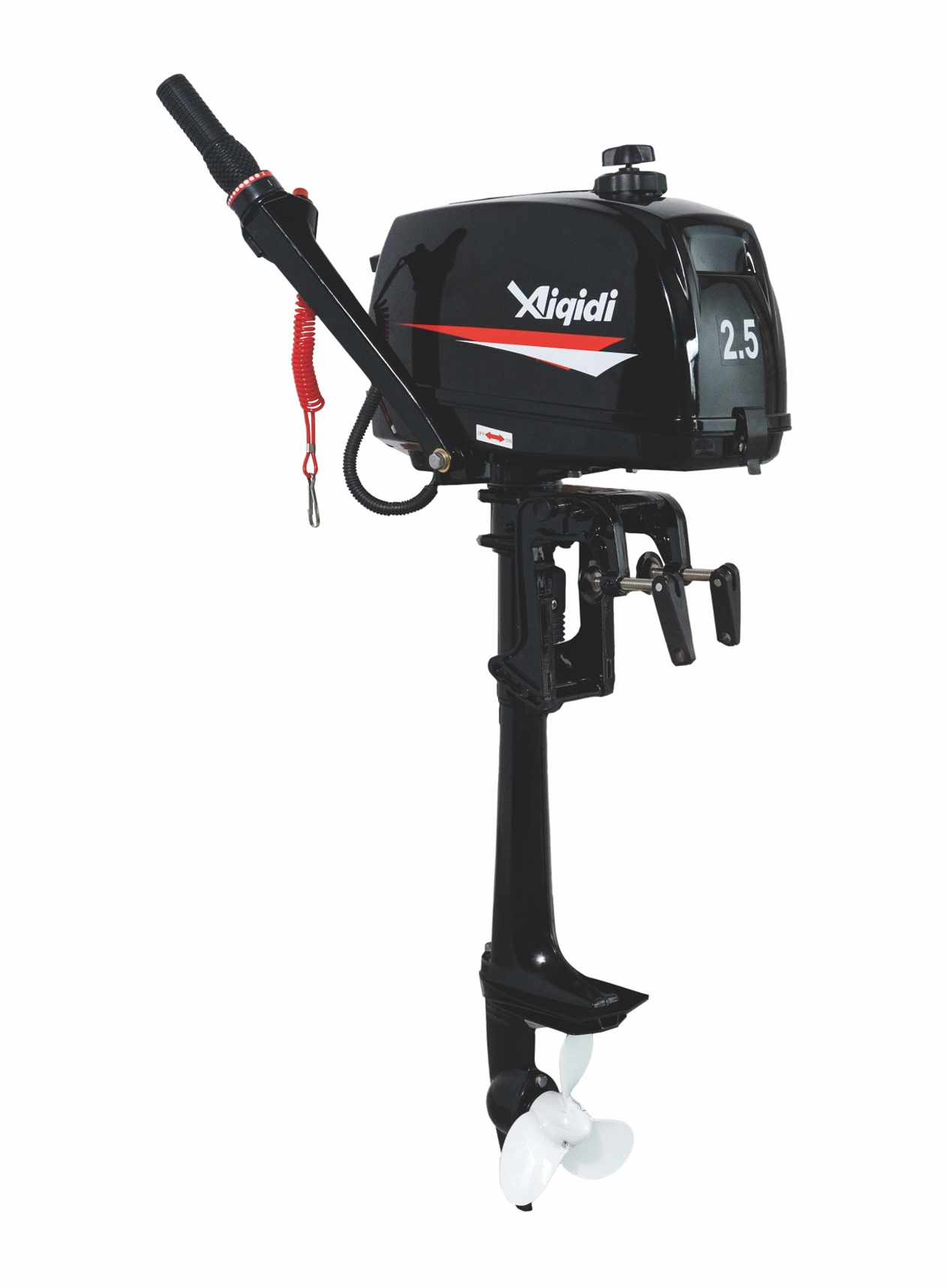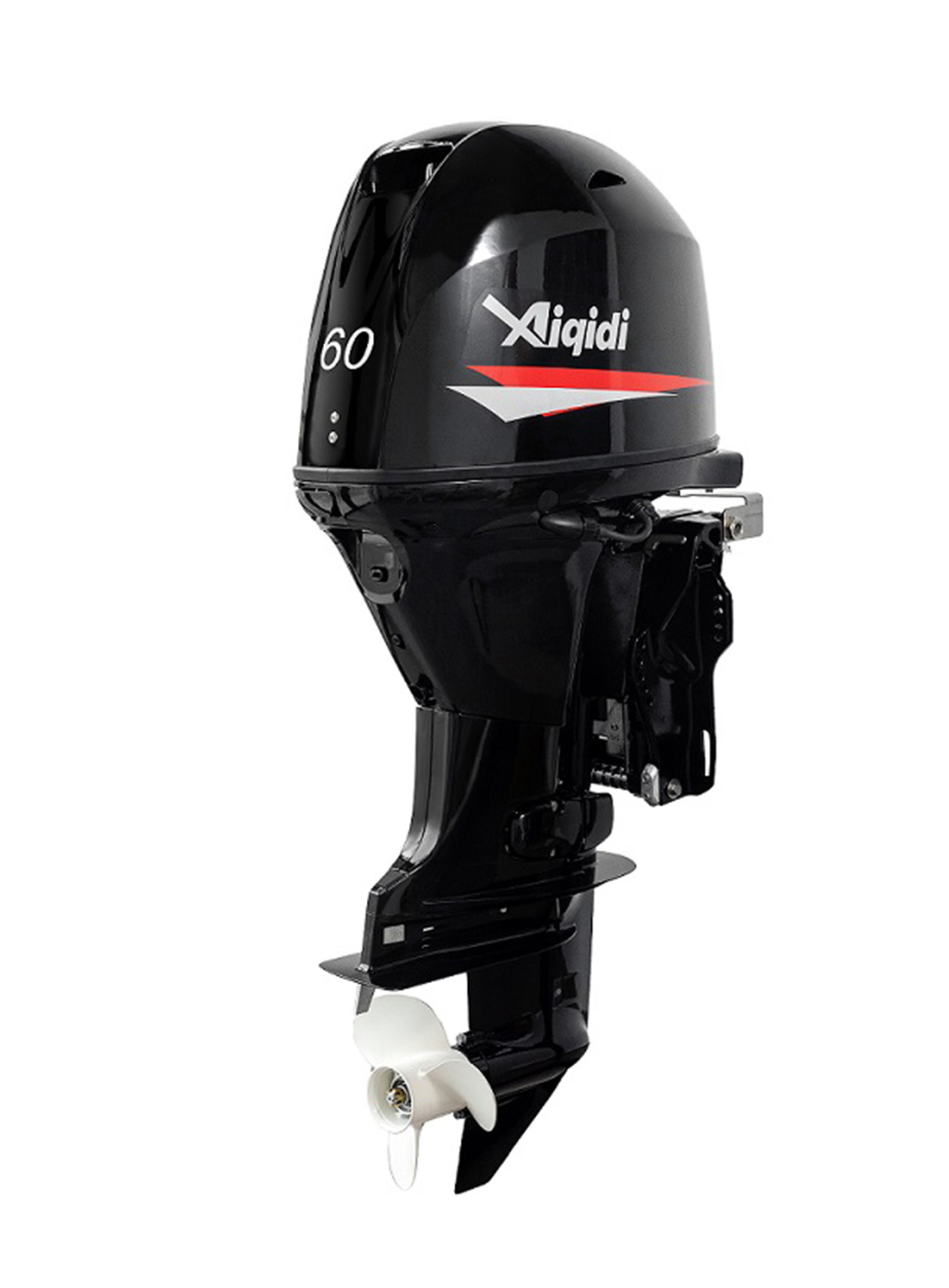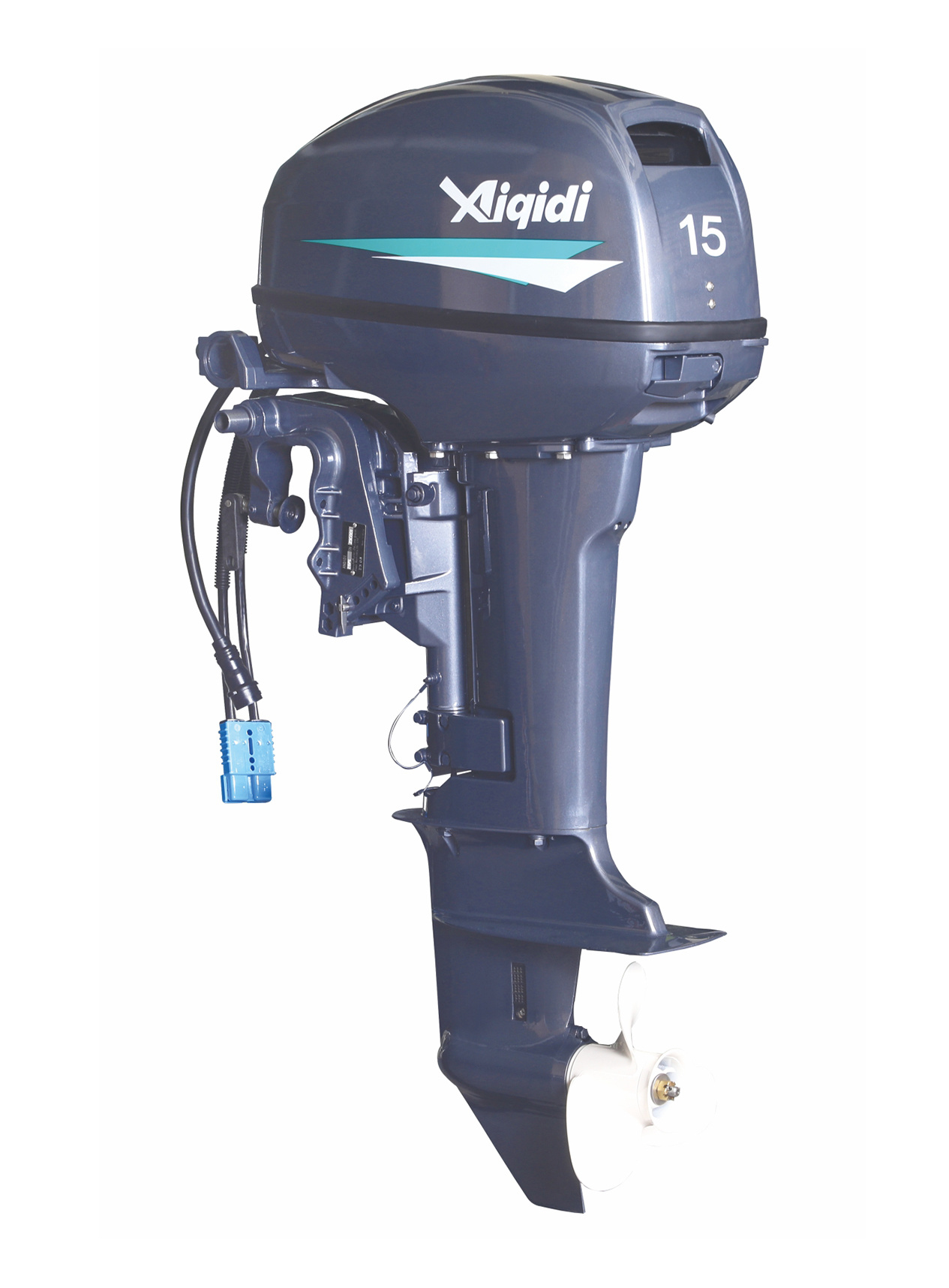Comparison Between 2-Stroke and 4-Stroke Outboards
Release Time:
2023-12-29
Two-stroke and four-stroke outboard engines, commonly used in boats, differ in design, performance, maintenance, and so on.
Design:
The distinction lies primarily in the simplicity of two-stroke engines and the complexity of four-stroke engines. Two-stroke engines have a simpler design with fewer moving parts, resulting in a generally lighter and more compact structure. Conversely, four-stroke engines have a more complex design with separate intake, compression, combustion, and exhaust strokes.
Performance:
Two-stroke engines are known for their high power-to-weight ratio, enabling them to generate more power relative to their size and weight. They are also noteworthy for quick acceleration and higher top speeds. Four-stroke engines, on the other hand, are recognized for their fuel efficiency, providing a smoother and quieter operation. They also excel at low-end torque and exhibit higher overall reliability.
Fuel Consumption:
Two-stroke engines typically consume more fuel than four-stroke engines. The increased consumption can be attributed to the necessity of a fuel-oil mixture to lubricate internal components. Not all oil blends burn completely, which can lead to waste. And since oil blends are used for combustion as well as lubrication system, they need to fulfill two different functions. In contrast, four-stroke engines use separate oil and fuel systems, resulting in better fuel economy.
Emissions:
Two-stroke engines tend to emit higher levels of carbon monoxide and unburned hydrocarbons, compared to four-stroke engines. This is due to the oil-fuel mixture used in two-stroke engines, which results in incomplete combustion. Conversely, the more efficient combustion process in four-stroke engines contributes to lower emissions.
Maintenance:
Two-stroke engines generally require more maintenance due to a greater number of moving parts requiring regular lubrication and inspection. They also require the periodic replacement of the oil-fuel mixture, spark plugs, and other components. In contrast, four-stroke engines have a more straightforward maintenance routine, including regular oil changes and spark plug replacements.
Overall, the choice between a two-stroke and four-stroke outboard engine depends on the specific needs and preferences of the boat owner. Two-stroke engines are recognized for their high power and rapid acceleration, which makes them suitable for high-performance applications. But four-stroke engines are more fuel-efficient, quieter, and have lower emissions, making them ideal for recreational boating.
Previous:
Related News
2024-02-01





